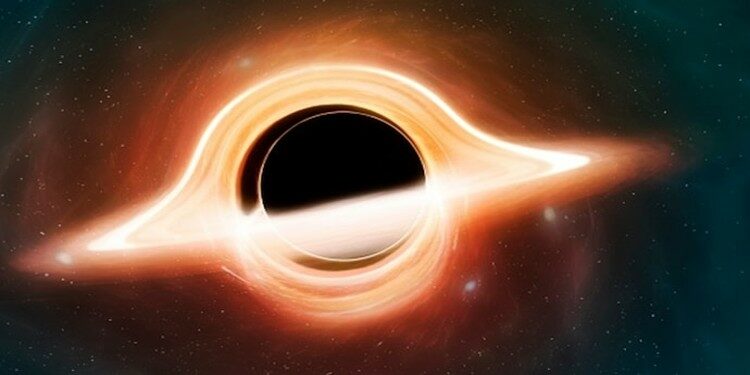In news– The earliest known black hole in the universe has been spotted by the James Webb Space Telescope (JWST), and it could tell us about the origin of supermassive black holes that formed much later.
About supermassive black hole-
- Observations collected through the James Webb Space Telescope have revealed an active supermassive black hole 10 million times the mass of the Sun one that is actively growing as it slurps up matter from the space around it.
- At just 570 million years after the Big Bang, this is the earliest growing supermassive black hole detected yet, although scientists are hoping it won’t remain the record-holder for long.
- The black hole was found inside one of the earliest galaxies ever detected, previously known as EGSY8p7 though since renamed CEERS_1019.
- Its discovery could help with one of the biggest head-scratchers of the early Universe: how the black holes in the Cosmic Dawn grew to such large sizes in such a short amount of time.
What are blackholes?
- A black hole is a space where gravity pulls so much that even light is unable to come out. The gravity is so strong due to the squeezing of matter into a small space.
- A black hole is an object with an escape velocity greater than the speed of light – escape velocity is the speed required to escape from its gravitational grip.
- Because no light can escape, black holes are invisible.
Further reading: https://journalsofindia.com/supermassive-moving-black-hole/
















